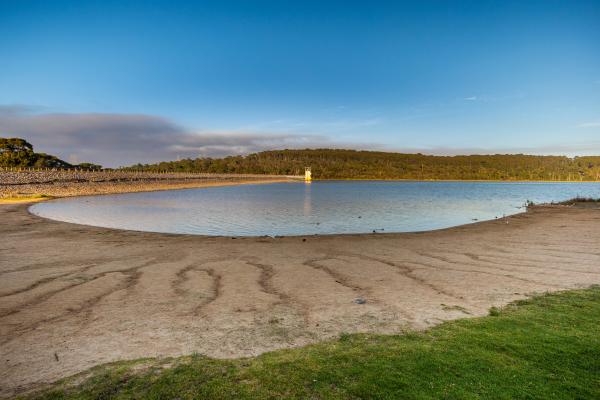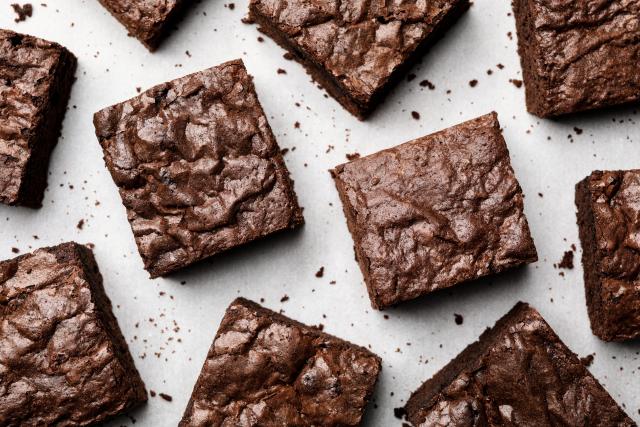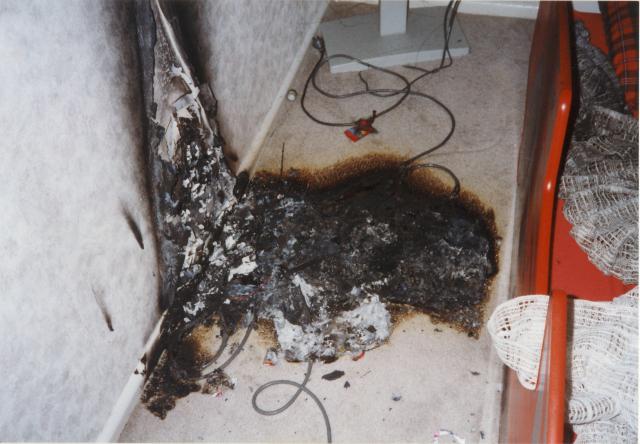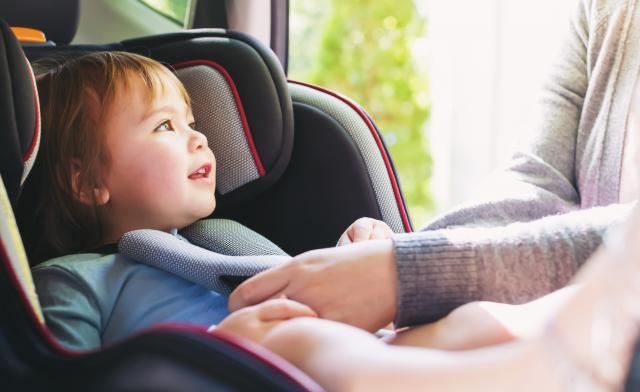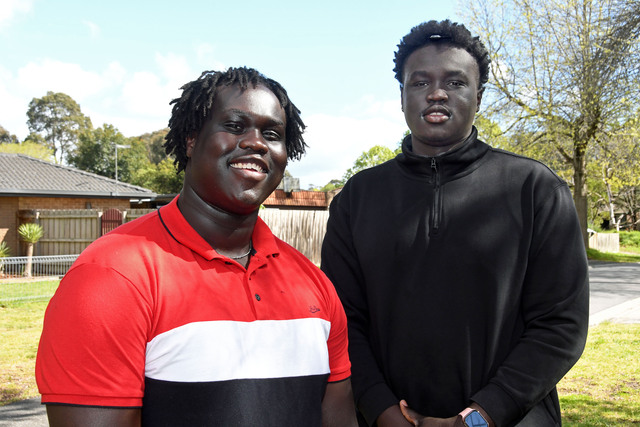A little girl has tragically died in hospital, days after her unconscious body was pulled from the water at Lysterfield Lake.
Emergency services were called to the popular site near Narre Warren just before 6pm on Wednesday 13 January following reports a four-year-old was found unresponsive in the water.
Crews worked on the Doveton girl before she was flown to the Royal Children’s Hospital in a critical condition.
But on Tuesday, Victoria Police confirmed the girl had tragically died in hospital on Saturday 16 January.
“The death is not being treated as suspicious,” a police spokesman confirmed.
The girl is the fourth person to have died as a result of water-related incidents on 13 January after drownings at Venus Bay, Bushrangers Bay and Rye.
One of the four victims was popular Berwick teacher Lisa Mandeltort, who drowned while saving a 14-year-old girl caught in a rip (see page 5).
Since 1 July 2020, 40 people have drowned state-wide, the worst period in Victorian history, Life Saving Victoria’s Dr Bernadette Matthews said.
“Behind every one of these numbers is a person – a brother, a sister, a father, a mother, an aunty or an uncle. A drowning affects so many people and it’s so tragic but it doesn’t need to happen. Drownings are preventable,” Dr Matthews said.
With a warm weekend on the approach, Emergency Services Minister Lisa Neville pleaded for the public to take care around all bodies of water.
“We know we’re going to see thousands and thousands of people heading to our beaches and waterways. We’re seeing it across all our forms of water. People need to take care. It’s not just the beaches and the coastal areas … It’s also in our rivers and lakes and also in the pools that we’ve got at home,” she said.
Ms Neville thanked emergency service workers for keeping Victorians safe, who are preparing for a “challenging weekend”.
“I know it’s been a really difficult summer so far. This is really tough work that people do. It’s really harrowing. The tragic death of the four year old girl, I mean, they’re the things that stay with our emergency service workers,” she said.

